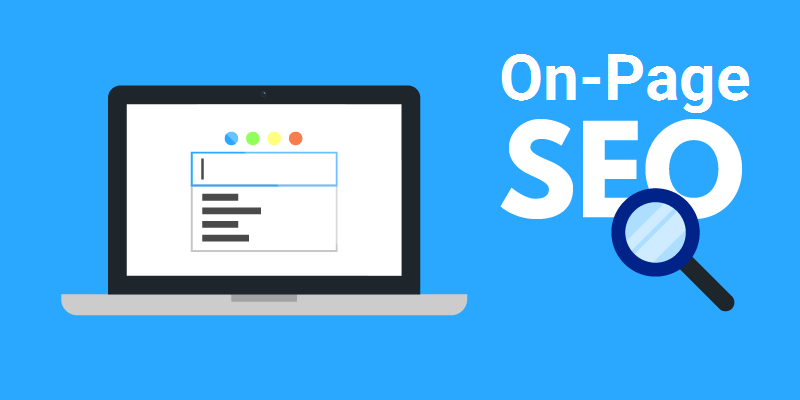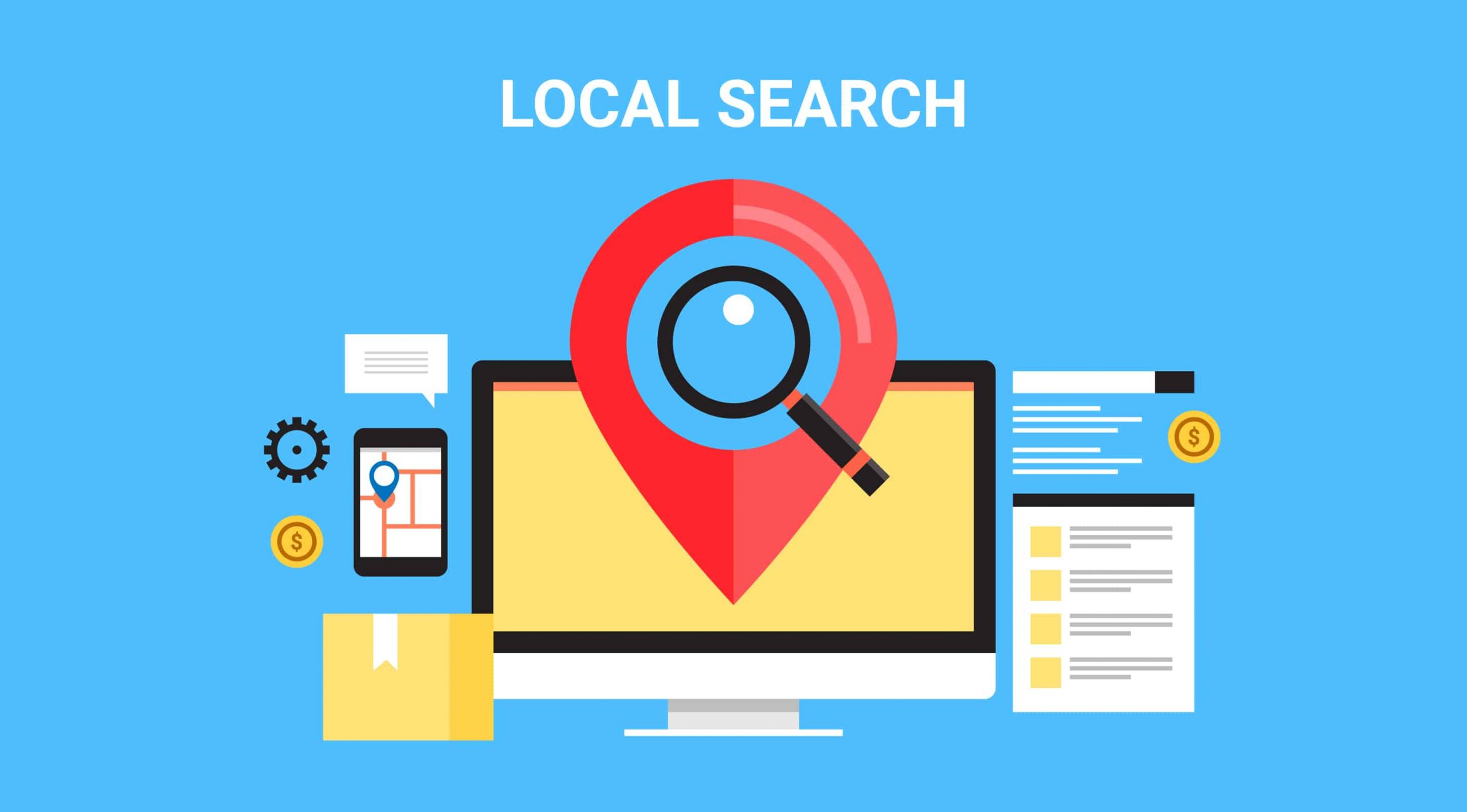
Search Engine Optimization (SEO) is a continuously learning process, but there are two important things you will have to appreciate even before commencing work optimizing your website;
SEO is a long term game and
The game is never really over.
There's never really a point in the life of an SEO expert when he leans back and slounches to enjoy the fruits of his efforts after ranking top of the Search Engine Results Page (SERP). For your website to stay at the top, you are going to have to constantly stay up-to-date with changes being made to Google's algorithm and your competition.
One thing is for sure, you cannot know precisely what the algorithm requires of you, or anticipate how changes made to it will affect your site. However, you can take care of the things that you're able to control like on-page SEO.
So what is on-page SEO?
On page SEO are the aspects and techniques that you can tweak on your website to optimize for search and boost traffic.
Search engines send out crawlers, or spiders, to explore the internet, during which process, they scan the content on the webpages to determine how well they answer the question asked by the user.
They follow links from one site to another, building a map of the content called a search index. The result of this search index is used by the algorithm to rank the web pages according to the value they provide for the search user.
On-page SEO also known as on-site SEO helps the search engine better understand what your webpages are about, which plays well in the chances of your site ranking on the first page of the SERP also known as organic ranking.
Good organic ranking can boost your website's traffic significantly.
Now that you understand what on-page SEO is and how this affects your site, lets dive into how you can use it to your advantage...
Aspects to consider when optimizing your on-page SEO
1. Content
There's an common notion held among the SEO community that "Content is King". That notion is very true.
No matter the changes to Google makes to its algorithm, the end goal remains the same: to rank the most useful content at the top of the SERP in their bid to provide value for their customers. This is why creating valuable content is the cornerstone of ranking well for organic search.
Here are some of the proven ways to write content that is SEO friendly:
Make your content easy to skim through so that users can find the information they are looking for easily.
Don’t overuse keywords otherwise known as keyword stuffing.
Keep your sentences and paragraphs short. Brief sentences are easier to read and keep readers engaged.
Use subheadings. These make it easy for the reader to find exactly what they are looking for.
Use bulleted lists to break down your content.
E-A-T
This term is mentioned 135 times in the 175 page document, Google Search Quality Guidelines.
In full, E-A-T translates to expertise, authoritativeness, and trustworthiness.
Expertise: How much experience and knowledge do you have on the topic?
Authority: Are influencers who serve the same audience linking to your content because it provides value?
Trust: Are you protecting user information, providing accurate information, and being ethical?
Keywords
At the heart of SEO content are keywords. Simply put, a keyword is the term someone would type in the google search textbox while looking for your product or service.
To know the right keywords for your business, you need to figure out who your ideal customer is, their neeeds and wants and enter their psyche (figuratively of course) or 'step into their shoes' for a second. This is all part of the keyword research which helps you to know what your target customers are looking for so that you can write content that includes these terms.
Keywords ought to be included in the title, headings, firist paragraph and evenly distributed throughout the content to make it clear to the search engine what the content is about.
It is important not to fill the content with your keyword, a phenomenon known as keyword stuffing. Search engines can detect this and penalize your site in turn.
Virtual assets
These include images, videos, and other infographics which not only help boost your SEO score but also make your content more interesting and readable for your readers.

While doing online shopping, more than 36% of the users use visual search which makes it paramount for businesses like e-commerce websites to include visual elements to their webpoages.
Make sure you add titles and alt texts that include your keyword to these images.
2. HTML
Hyper-text markup language is a coding language used to give your site structure, and this is important in helping the search engines know what your site is about and where to rank you.
The vital parts of the HTML for your webpage include;
Title tags: Giving your webpage a title can go a long way in telling the search engine what your site is about.
Meta description: This also helps search engines know the kind of content on your webpage.
Image optimization: This includes adding SEO friendly alt tags, having mobile friendly images, the right size and format of images for fast-loading, custom file naming instead of titles like IMG_00001.
2. Geo-tagging (Local search)
Although continental or global businesses might not see the need for this, for most small businesses serving specific geographical locations, Local SEO is a gold mine.

Businesses can;
Try to rank for local or location-specific content by optimizing for "near me" searches. In addition, your business can include the name of your locality in your key words for example "car dealerships in Kampala".
Optimize for local listings and citations including name, address, and phone number (NAP), website URL, and business descriptions, using third-party apps, and getting reviews.
Build links with other local businesses and organizations.
4. Website architecture
When optimizing your website architecture, consider the following;
Site speed
This can be determined by a variety of factors including the size of the images on your site. A slow-loading site can drive visitors away, increasing your bounce rate (BR) which kills your SEO score.
To increase your site speed, you can;
Enable compression.
Reduce redirects.
Optimize images.
Leverage browser caches.
Links
Remember the section on E-A-T? The 'A' for 'authority' is affected by the links associated with your site. One of the best ways to prove to google's algorithm that your site's content is valuable is by getting links from reputable sites to yours.
There are three main types you need to know about for SEO:
Internal links – or ones that direct to another page on your website like this one.
Outbound links – also known as external links, these are the links that point to a site on a different domain, like this one pointing to Google’s SEO page.
Inbound links – sometimes called backlinks, these are links from other websites pointing to your page.
5. Responsive design
More than 50% of internet searches in 2022 are from mobile devices compared to 46% via desktop and 3% on tablets.
For this reason, Google in 2016 started rewarding sites that were mobile-friendly, prioritizing sites with responsive designs in mobile search rankings. Actually, your site is at a huge disadvantage when it comes to mobile searches if it's not mobile friendly.




